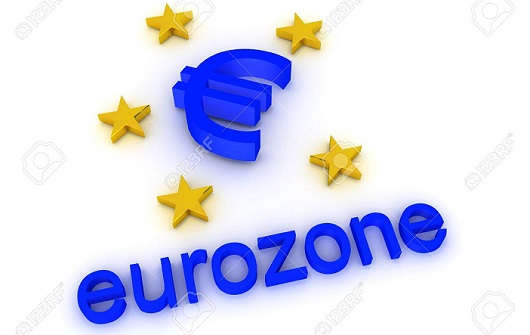The eurozone recorded its weakest growth in more than two years according to the latest Markit index. The poor performance of the Italian economy partially explains this marked slowdown.
Negative signs are multiplying in the eurozone, which recorded its weakest growth in more than two years in October. The composite index measuring overall activity dropped from 54.1 in September to 53.1, its lowest level since September 2016.
The October PMI data highlights a disappointing start to the fourth quarter for the eurozone’s private sector […] with business confidence falling to its lowest level since the end of 2014.
These recent results corroborate those of the European Commission published recently. Eurostat indicated in its latest release on October 30 that the gross domestic product experienced a significant slowdown in the third quarter to 0.2% compared to 0.4% in the first two quarters.
For the countries in the eurozone, economic prospects are darkening a few months ahead of the European elections. The union’s inability to reduce macroeconomic imbalances between countries could further threaten the political and economic future of the Old Continent, already weakened by the rise of populism and increasingly visible divisions.
After the boom in 2017, activity is slowing down across all sectors. The slowdown is particularly evident in manufacturing, which shows its weakest performance in nearly four years. These difficulties could intensify during the last quarter of 2018.
In the services sector, the figures are not reassuring either. The unveiled results indicate that the composite index, which measures the activity of services, has declined compared to its September level (53.7 compared to 54.7 last month).


